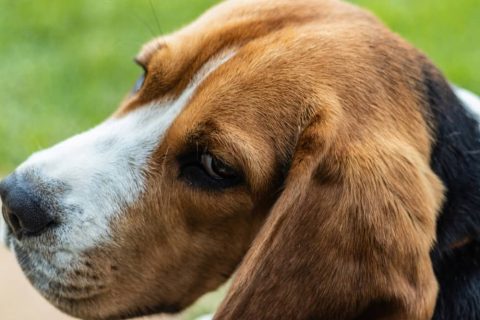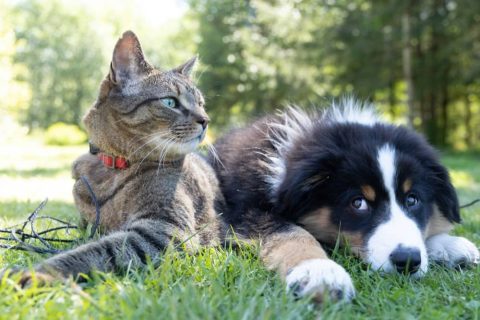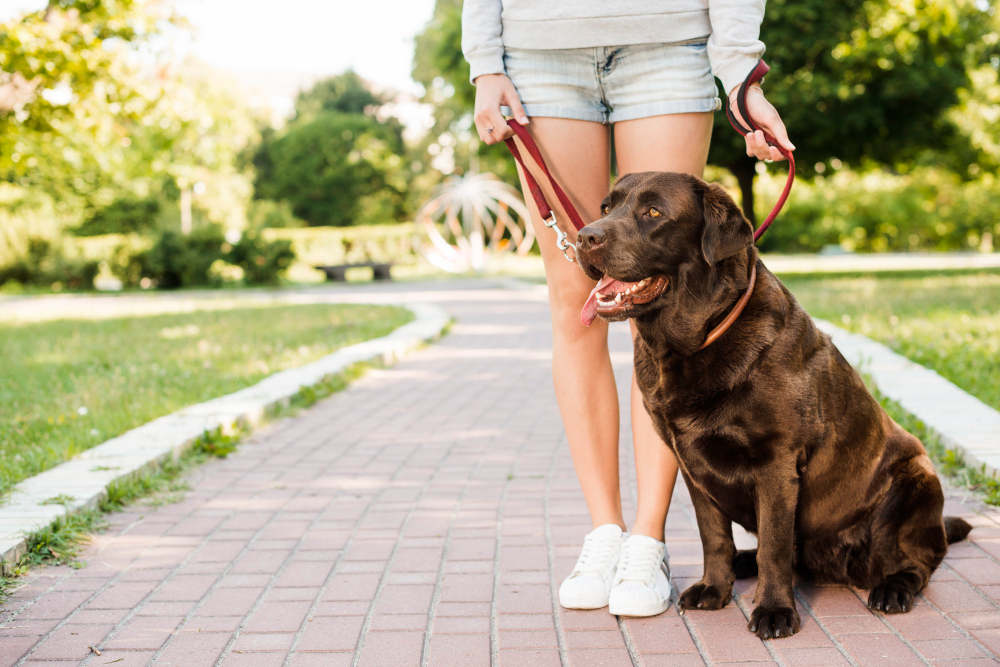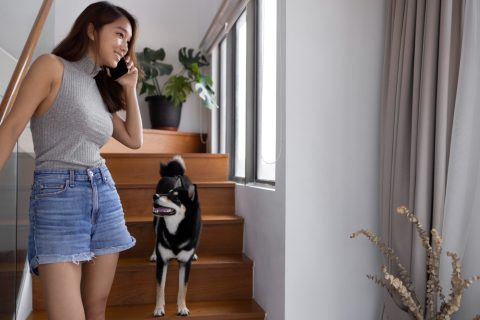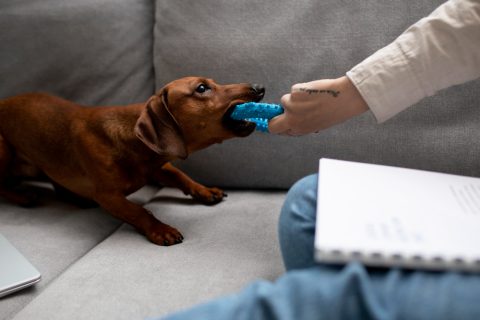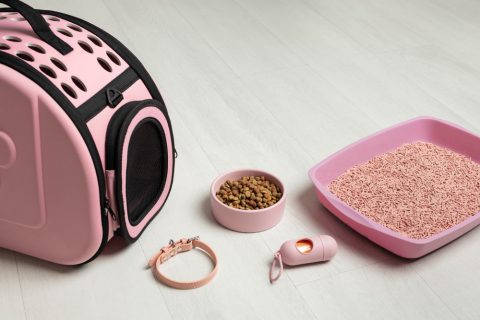Training a dog isn’t something that happens once and then gets checked off a list. It’s an ongoing, everyday process that shapes how your dog behaves, feels, and interacts with the world. Whether you’re raising a puppy or living with a senior dog, every moment is a learning opportunity.
When I first brought my dog home, I assumed training meant attending a class once a week or running through a few commands in the living room. But I quickly realized that the most progress happened during regular daily routines: waiting at the door, sitting before meals, or calmly watching the world go by on our walks. These moments turned out to be far more influential than I ever expected.
That shift in mindset changed everything. Training became part of our rhythm, not just a chore. And with a few reliable tools and some consistency, it started feeling less like “training” and more like communication.
Contents
Why Daily Dog Training Makes a Difference
Dog training doesn’t begin and end in a class or during a set time of day — it happens all the time. From the moment our dogs wake up to the minute they curl up for bed, they’re learning from every interaction. That’s why I started treating training less like a checklist and more like a habit.
Instead of aiming for perfection, I now focus on consistency. A few small moments of reinforcement here and there often do more good than a long, structured session once a week. Whether it’s asking for a sit before opening the door or rewarding calm behavior when the doorbell rings, training fits naturally into our daily routine.
And let’s be honest — it’s also a lot more fun when it doesn’t feel like a chore.
Essential Tools for At-Home Training
Clickers, Crates, and Treats: Simple Gear That Works
Over the years, I’ve tried a bunch of training tools, but a few have stood the test of time. I keep a clicker in a drawer by the door and another in my coat pocket. Though I usually rely on a marker word like “yes,” the clicker is perfect for teaching new cues.
Crate training has also been incredibly helpful. Whether you’re raising a puppy or working with a newly adopted dog, a crate can give them a space to decompress and helps with everything from potty training to preventing mischief when you’re not watching. It’s not about confinement — it’s about creating calm routines.
Of course, treats are the secret sauce. I separate mine into low-, medium-, and high-value categories depending on what we’re working on. A few pieces of kibble work great for simple tasks indoors, while small bits of cheese or freeze-dried liver come out when distractions show up.
Creating a Daily Dog Training Routine
A typical day in our house includes short “micro training” moments:
- Practicing sit-stay while I fill the food bowl
- Working on recall during playtime in the backyard
- Asking for a down-stay while I sip my morning coffee
These interactions may seem small, but they add up. I’ve found that daily dog training routines don’t need to be rigid — just intentional.
Potty Training and Behavior Basics at Home
For those raising puppies (or working with rescue dogs), potty training can feel like the biggest hurdle. My tip? Set a puppy potty training schedule and stick to it. I used timers in the beginning, taking my pup out every hour and always rewarding successful potty trips with quiet praise and a treat.
Basic manners — like not jumping, waiting at doors, or walking nicely through the house — are easiest to reinforce when you’re paying attention to your dog’s daily choices. It’s all about catching the good behaviors and making them worth repeating.
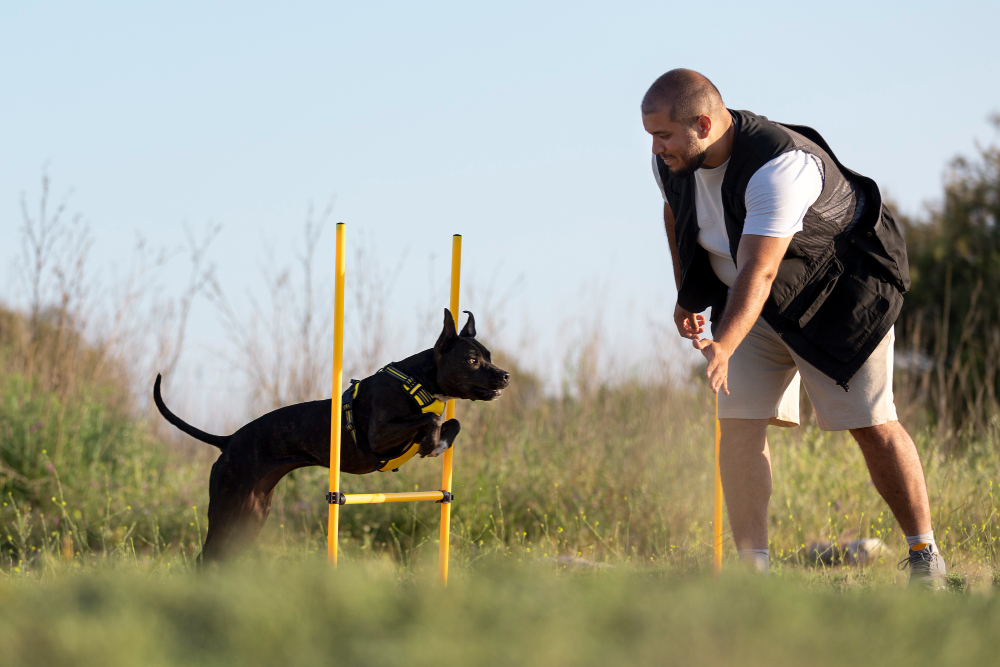
Training on the Go: Walking with Purpose
Leash Training for Puppies and Adult Dogs
If there’s one thing I underestimated early on, it was how much leash training matters. I used to get frustrated during walks until I realized I hadn’t taught my dog how to walk with me — I was just expecting them to know. Total rookie mistake.
Now, I use a 15-foot leash for most walks, especially in open areas. It gives my dog more freedom to sniff and explore while still giving me control. For city streets or busy places, I switch to a standard 4- or 6-foot leash.
Training happens during walks too. I practice loose-leash walking, name recognition, and even simple cues like “leave it” when we pass distractions.
Using Walks to Reinforce Good Behavior
Walks are also my chance to reward behaviors I want more of: looking at me, checking in, sitting at corners. I carry a small treat pouch with me and drop in a handful of high-value treats before each outing. You don’t need a ton — just enough to mark the great moments.
For longer outings, I attach a portable water bowl to my bag and bring a bottle of water. It sounds like a small thing, but especially in warmer months or during long hikes, keeping your dog hydrated makes training (and walking) smoother.
Portable Treat Bags, Water, and Clicker Tips
I’ve cycled through a few pouches over time, but now I keep one by the door and another in the car. The key? Keep it stocked. Nothing’s worse than reaching for a reward and realizing you’ve got lint and one sad crumb left.
If you prefer not to carry a full pouch, you can stash training treats in a silicone container clipped to your belt or even repurpose a small snack bag. I also recommend keeping an extra clicker or whistle on hand if you use one for recall training.
Adjusting for Progress and Challenges
Tailoring Rewards for Motivation
Not all dogs are food-driven, and not all food is equally exciting. I learned this the hard way when my dog completely ignored kibble during our first training class. It wasn’t until I brought turkey bits that his focus shifted back to me. Lesson learned.
Try rotating between different training treats for dogs — string cheese, freeze-dried meat, or store-bought options like Ziwi Peak or Happy Howie’s. If your dog isn’t responding, the reward might just not be worth it in that moment.
When to Revisit Basics or Try New Cues
Progress isn’t always linear. There are days when my dog seems to forget how to sit, and other days when he nails every cue like a champ. When things stall, I go back to basics: easy cues, fast rewards, short sessions.
And when we’re both in the groove? I’ll toss in a new behavior to teach, just to keep it interesting. Spin, touch, and go-to-mat are all favorites in our house.
Staying Patient Through Distractions
Outdoor training, especially in busy environments, is a whole different game. Birds, squirrels, other dogs — it’s like trying to teach algebra during recess. That’s why I scale back expectations when distractions are high and celebrate even small wins.
Patience is a muscle. The more you use it, the stronger it gets.
Wrapping Up: Keep It Light, Keep It Consistent
If there’s one thing I’ve learned from years of living with dogs, it’s that training works best when it becomes part of your routine — not something you do “when you have time.” You don’t need to be perfect. You just need to show up, every day, with a treat in your pocket and a willingness to keep learning together.
Dogs aren’t looking for flawless humans — they’re looking for connection, clarity, and consistency. Training is just one of the ways we build that bond.
Looking for tips on litter box training your cat instead?
Check out our guide: Should You Toilet Train Your Cat?

